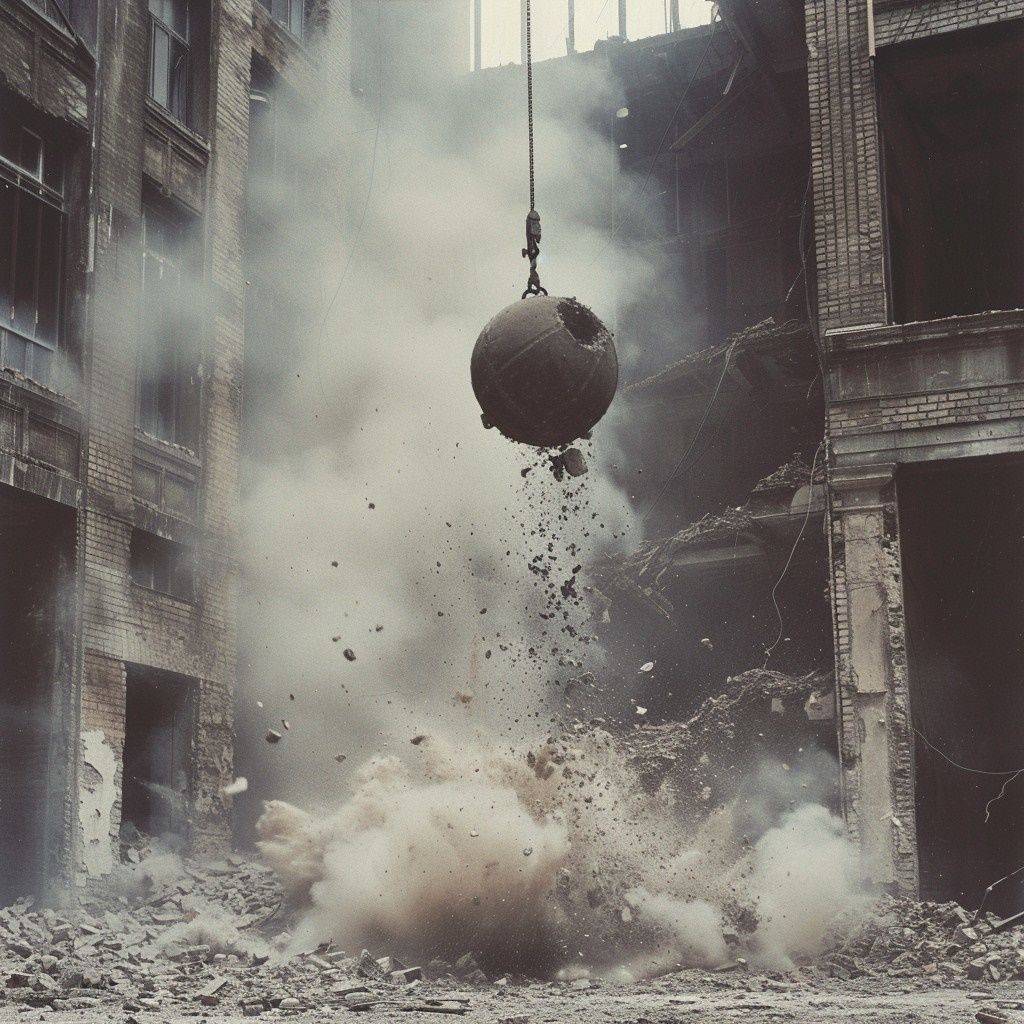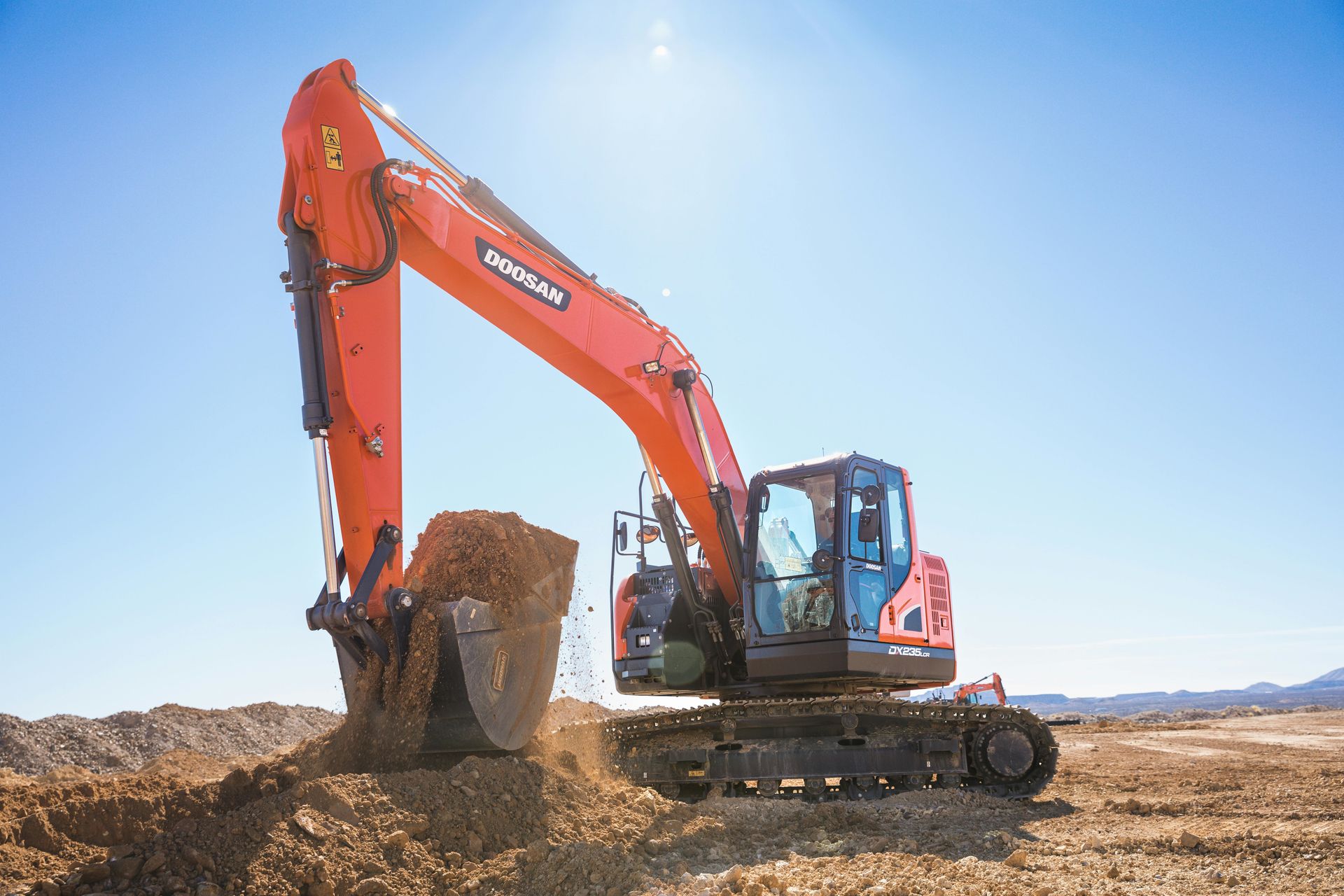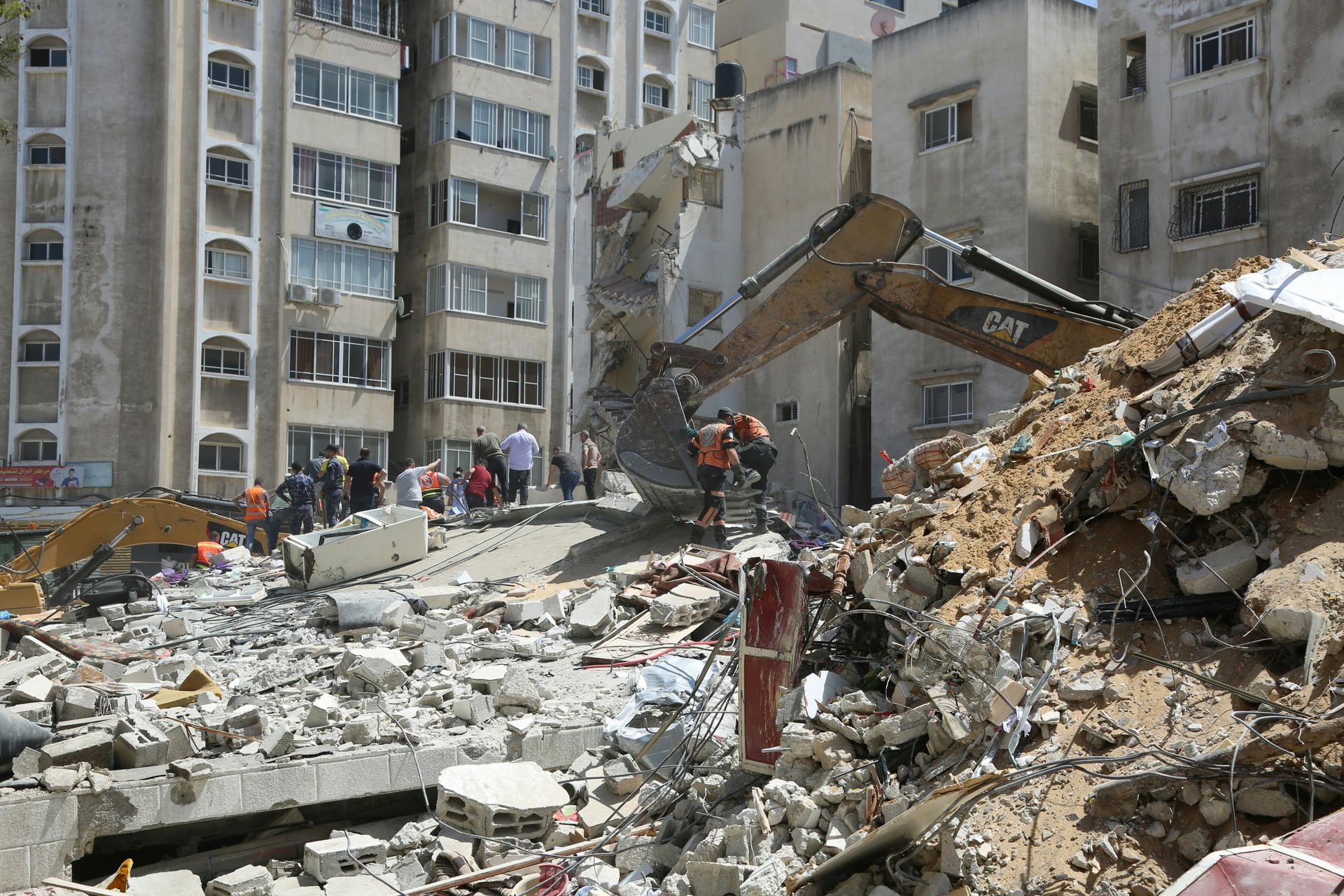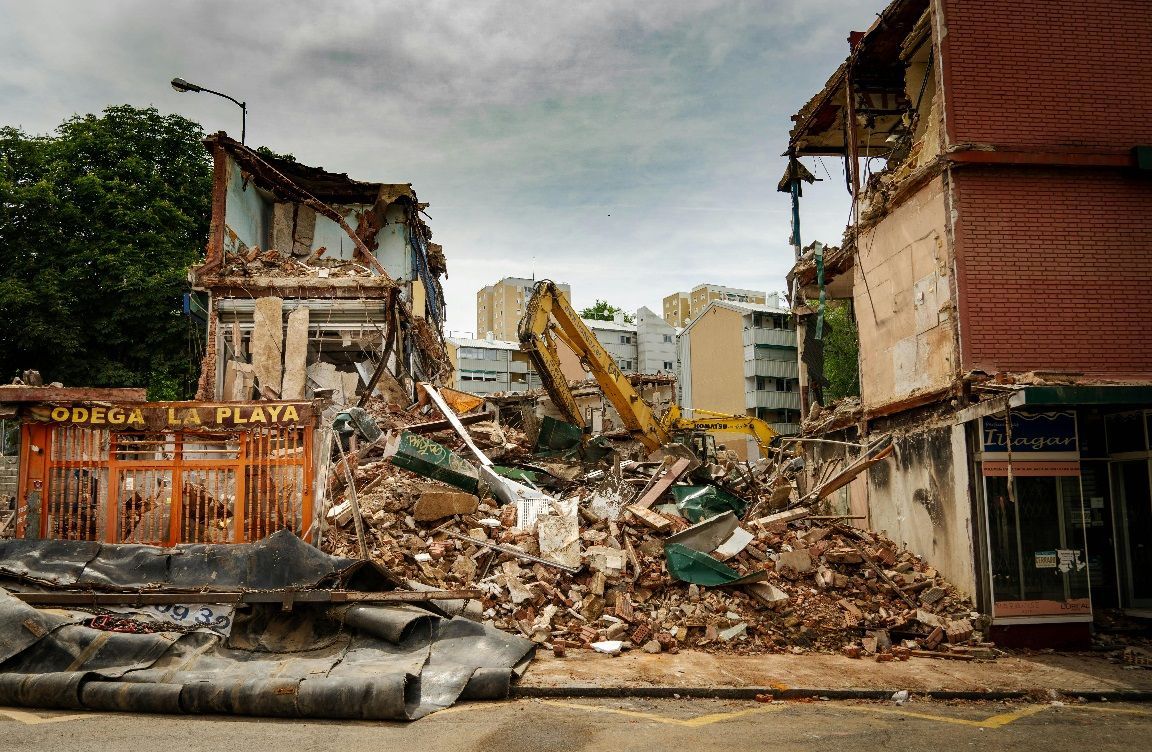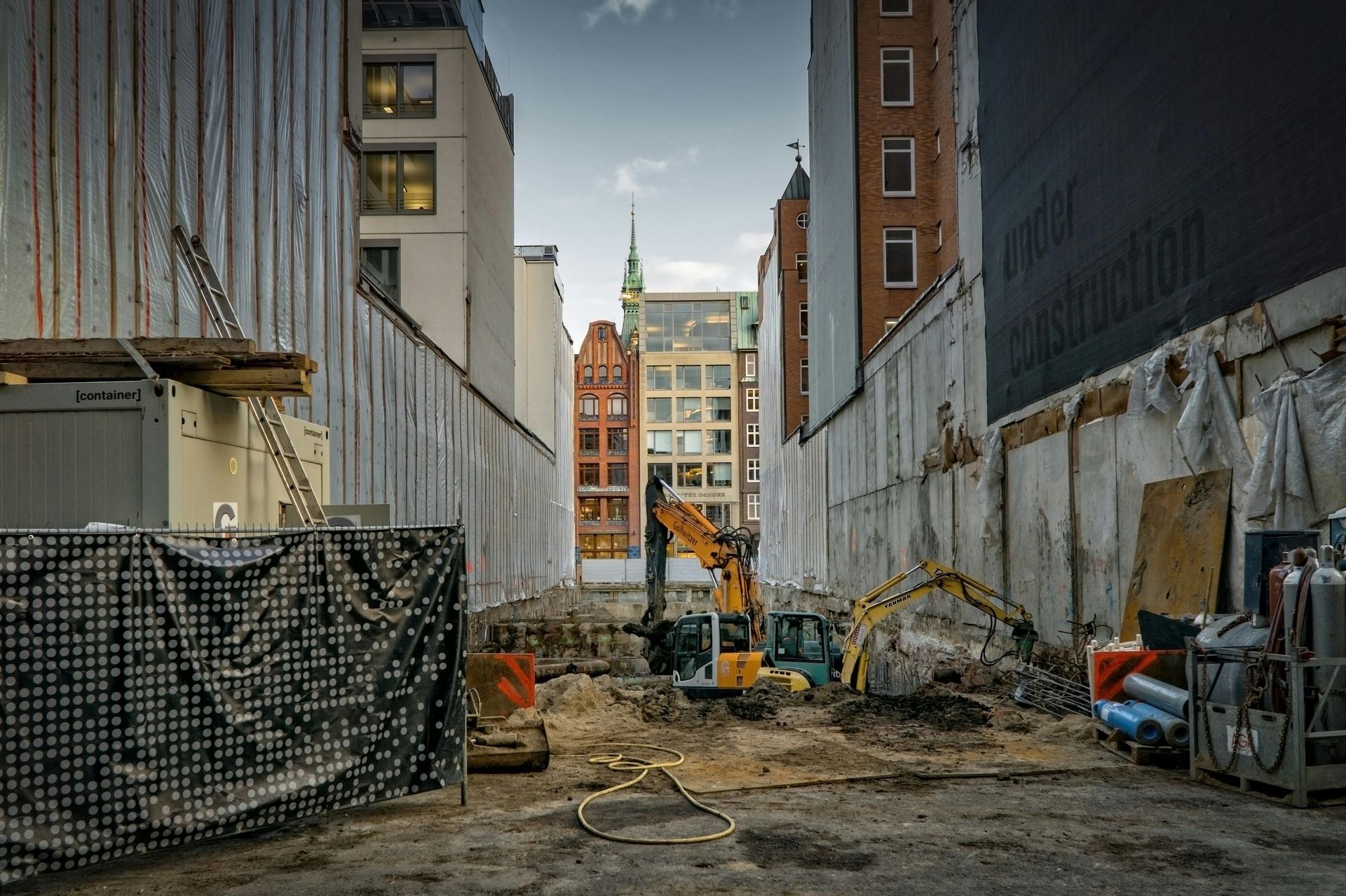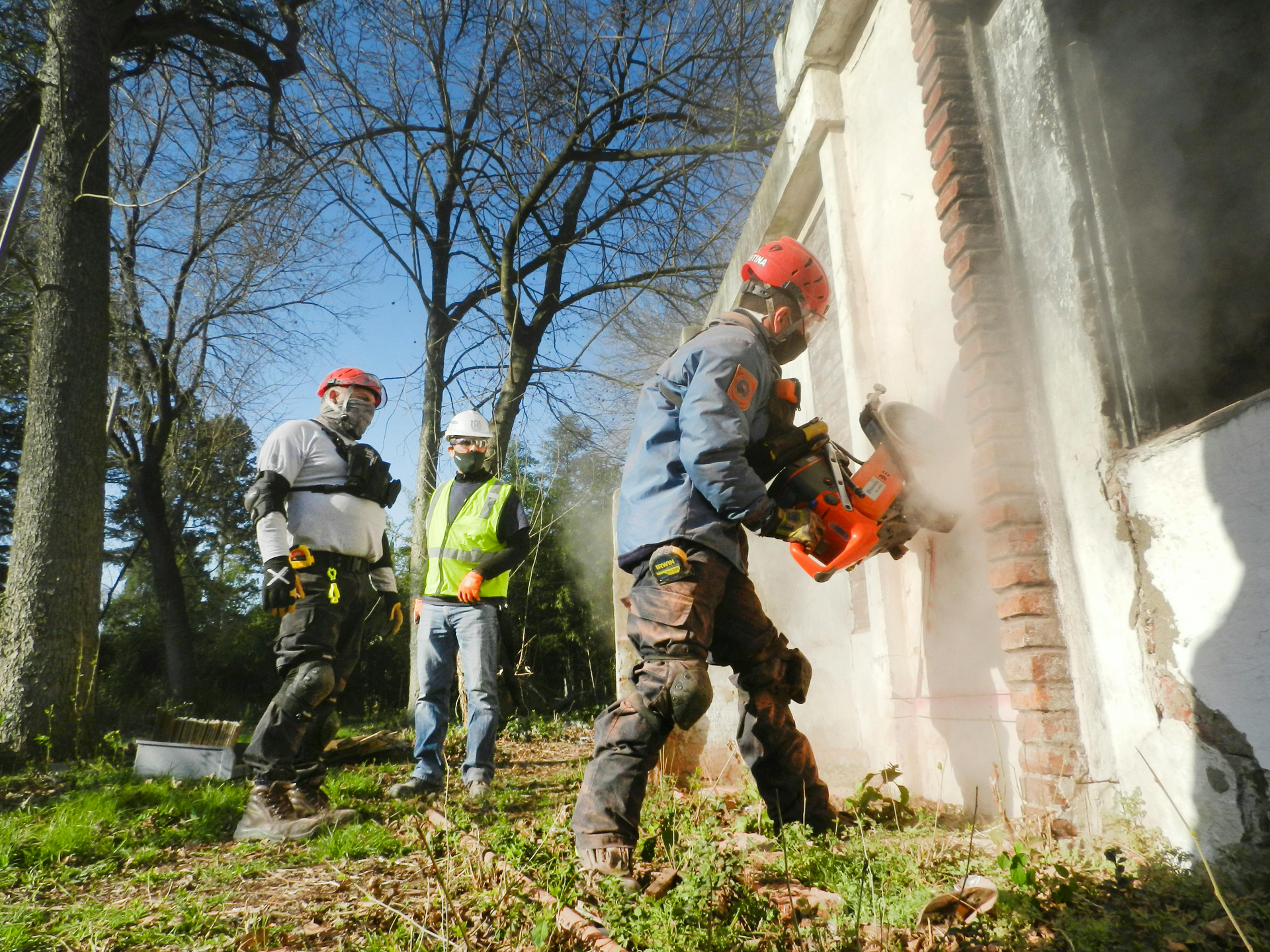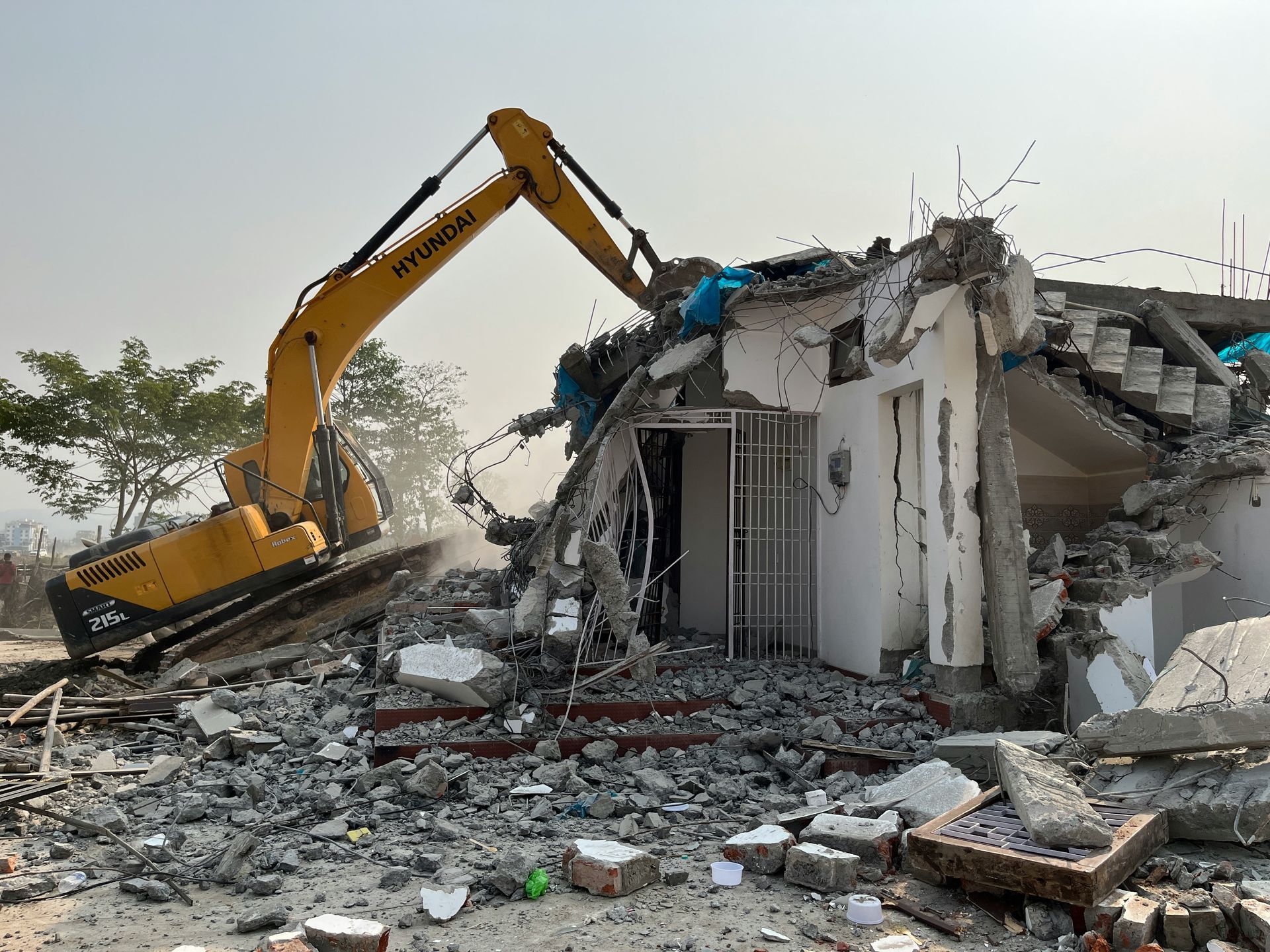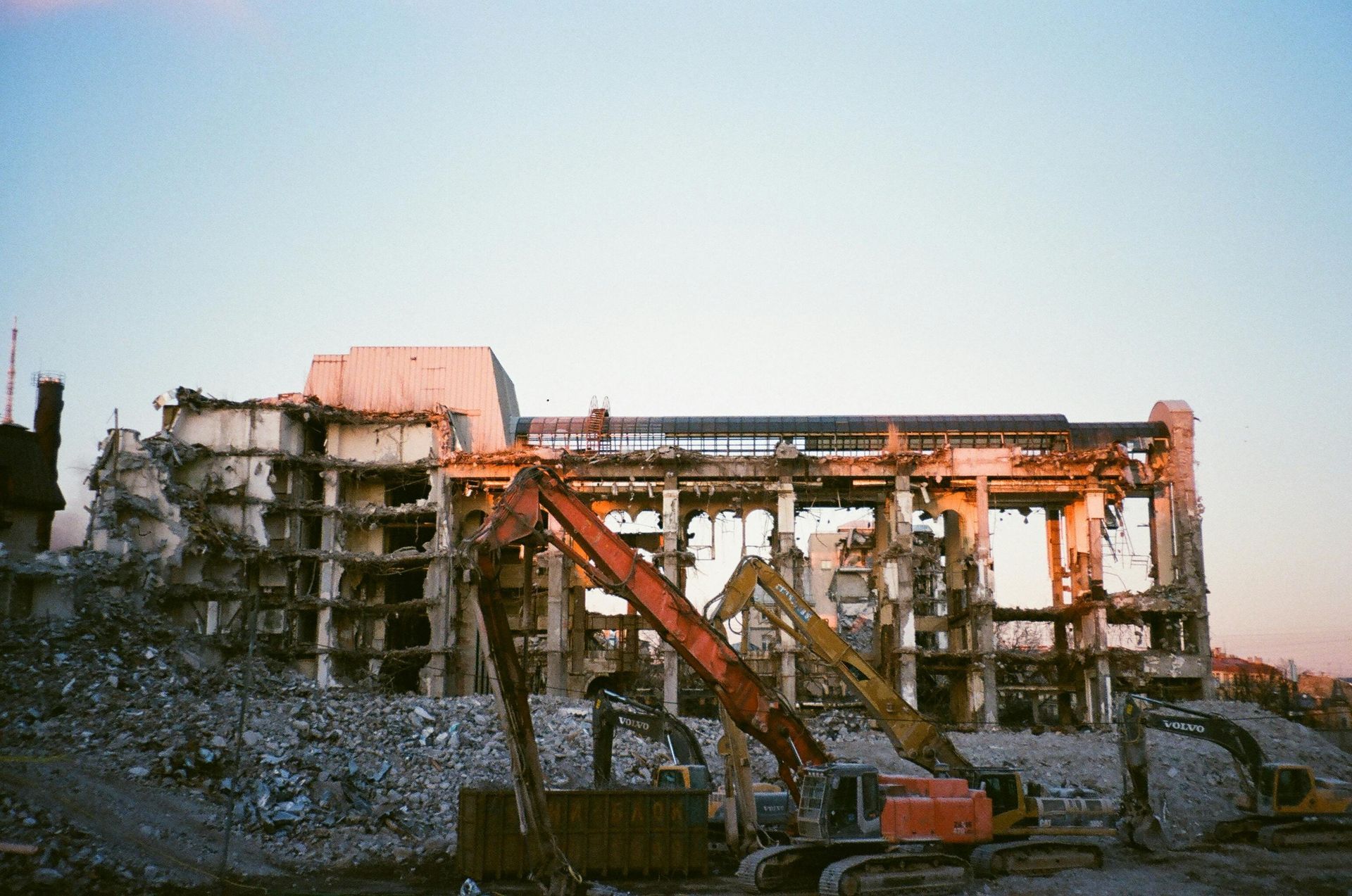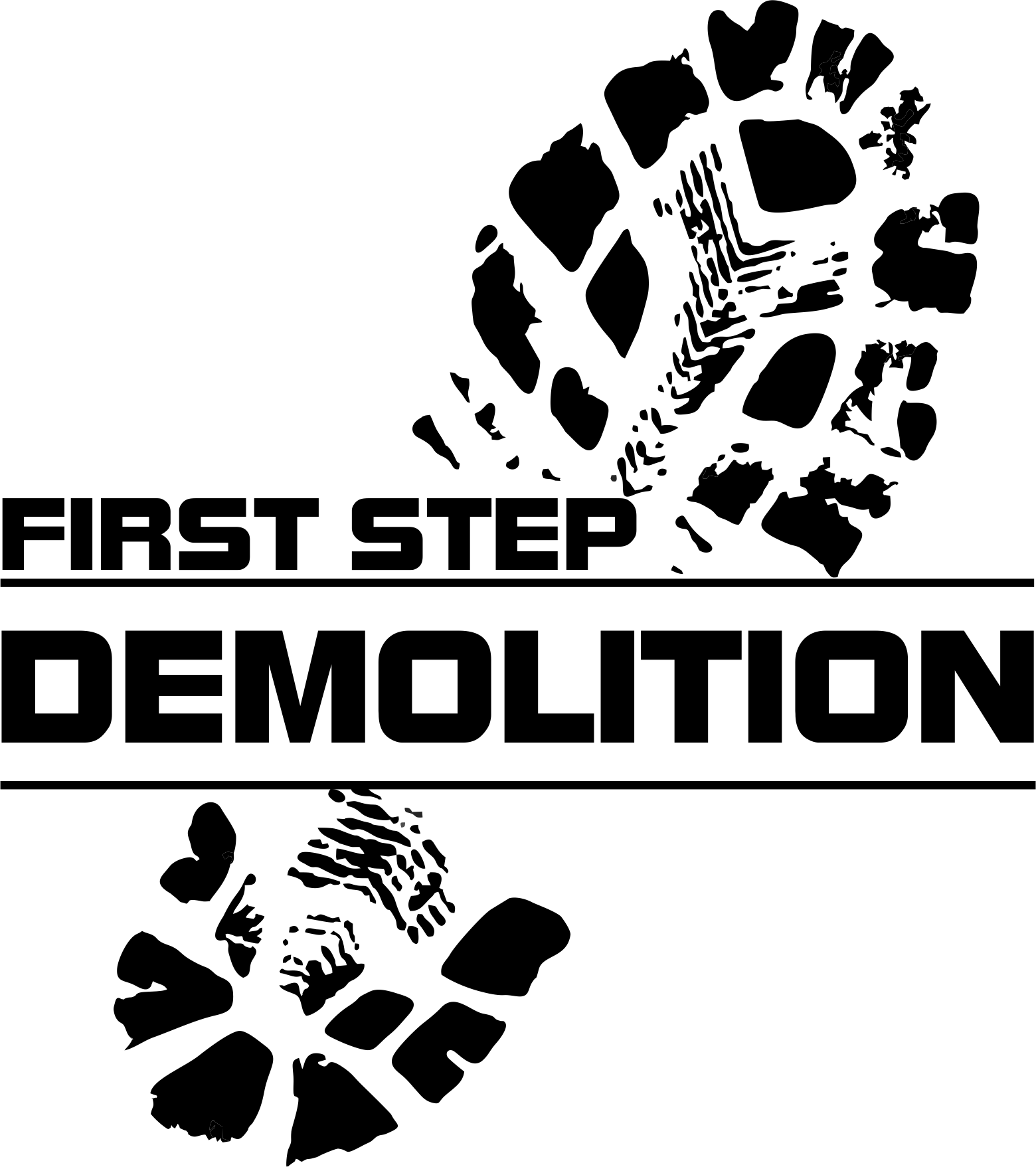Soft-Strip Demolition: Preparing Buildings for Major Renovation
Renovating a building can be a huge undertaking. You cannot simply demolish the entire structure all at once. When it comes to renovating a building, there's more to the process than simply updating its exterior or adding new fixtures. Before any major renovation can take place, the interior of the building often needs to be stripped down to its structural elements. This process, known as soft-strip demolition, is a crucial step in preparing a building for a comprehensive transformation. In this blog post, that’s exactly what we are going to discuss. We’ll talk about the process of soft-strip demolition and its advantages.
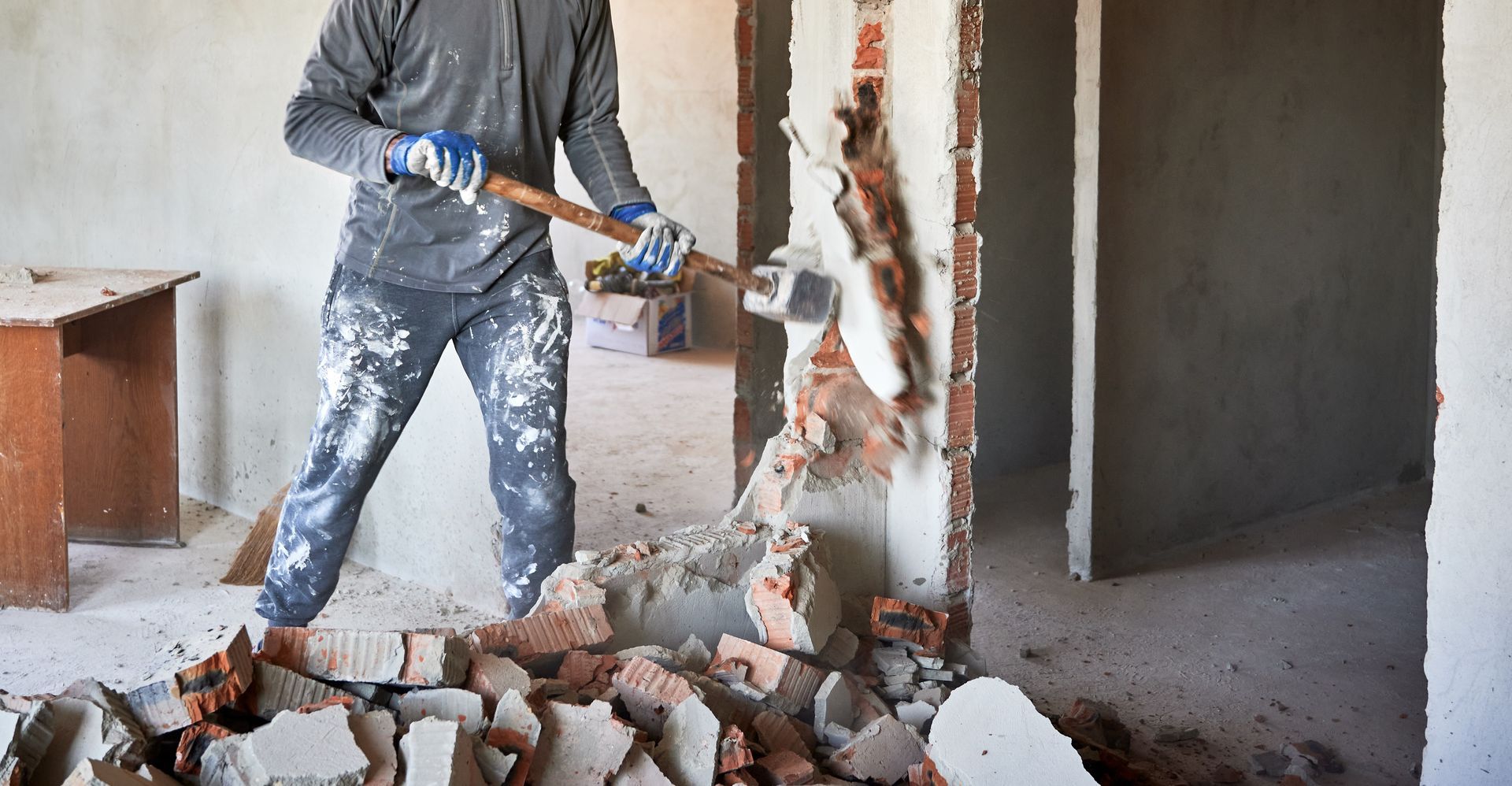
The Process of Soft-Strip Demolition
Soft-strip demolition is sometimes just referred to simply as "soft stripping". It is a procedure that involves the careful removal of non-structural elements within a building or property. This can include items like fixtures, interior walls, ceilings, floor coverings, and non-load bearing partitions. It also involves a process that needs to be followed thoroughly. But before we go to that process, let’s learn more about soft-stripping.
What is Soft-Strip Demolition?
So, what is soft-stripping? Soft-strip demolition or soft-stripping is the process of carefully removing non-structural elements from a building's interior, leaving the primary structural components intact. This process is typically undertaken prior to a significant renovation or retrofitting project. Soft-strip demolition allows construction teams to access the building's structural elements, make necessary modifications, and install new systems without the interference of existing finishes and fixtures.
Steps Involved in Soft-Strip Demolition
Below are the step-by-step process of soft-stripping:
Assessment and Planning
Before any demolition work begins, the building is thoroughly assessed to determine which components can be removed. This stage also involves planning the sequence of demolition activities to ensure safety and efficiency.
Removal of Finishes
The initial step in soft-strip demolition involves removing floor coverings, ceiling tiles, and wall finishes such as plasterboard or wallpaper. This step exposes the building's structural elements and makes it easier to access hidden systems like plumbing and electrical.
Dismantling Fixtures and Fittings
After the finishes are removed, fixtures like lighting, plumbing, and HVAC components are carefully dismantled and removed. In some cases, these items can be salvaged for reuse or recycling.
Stripping Out Partitions
Any non-structural partitions, like office dividers or temporary walls, are then taken down. This creates an open space that allows for greater flexibility during the renovation process.
Clearing Debris
As the demolition progresses, it's essential to clear debris and waste materials promptly. Proper waste management practices ensure a clean and safe working environment.
Environmental Considerations
Soft-strip demolition often prioritizes the reuse and recycling of materials, reducing waste and minimizing the environmental impact of the project.
Advantages of Soft-Strip Demolition
Below are the benefits of soft-stripping:
Preparation for Major Renovation
By removing interior elements, soft-strip demolition provides construction teams with unobstructed access to the building's structure, facilitating more extensive renovations.
Flexibility
Soft-strip demolition allows for selective removal of interior components, making it a flexible and adaptable process for various renovation needs.
Cost-Effective
Salvaging and recycling materials can reduce the overall cost of the renovation project. Hence, soft-stripping is cost-effective.
Safety
By carefully planning and executing the demolition process, risks to workers and nearby structures are minimized.
Environmental Benefits
Proper waste management and recycling practices reduce the environmental footprint of the renovation project.
When Is Soft-Strip Demolition Used?
Soft-strip demolition is not always used in a demolition. However, here are several situations where soft-stripping becomes necessary or highly beneficial:
Major Renovations
Before carrying out extensive renovations, it's crucial to clear out old fixtures, interior walls, and other non-structural components to make way for the new installations. Soft-stripping provides a clean slate for the upcoming changes.
Building Repurposing
When transforming a building's function, e.g., converting an old warehouse into residential lofts or an old school into offices, soft-stripping helps in removing the old internal components specific to its former use.
Historical Preservation
For historic buildings that need updating but must maintain their external appearance due to historical significance, soft-stripping allows for interior modernization without altering the external façade.
Asbestos or Hazardous Material Removal
Older buildings often contain hazardous materials like asbestos within interior fixtures. Soft-stripping helps in accessing these areas safely for specialized removal of such materials.
Structural Assessments
If there's a need to inspect the core structural components of a building for potential damage or degradation, soft-stripping provides direct access to these critical areas.
Enhancing Energy Efficiency
For older buildings that need updates to become more energy-efficient, soft-stripping provides a way to access areas where insulation can be improved, old windows can be replaced, or outdated HVAC systems can be removed.
Installing Modern Systems
To incorporate modern electrical, plumbing, or HVAC systems, soft-stripping is often needed to remove old systems and make space for new installations.
Preparing for Sale or Lease
Property owners might choose to soft-strip a building before listing it on the market, making it more appealing to potential buyers or lessees who prefer a "blank canvas" to customize as per their needs.
Demolition Preparation
In some cases, before a full demolition, it's beneficial to soft-strip a building first. This process can allow for the salvage and recycling of valuable materials and can sometimes reduce the overall cost and environmental impact of the demolition.
Cost Assessments
Before committing to a full renovation, property owners or developers might opt for soft-stripping to assess the building's actual state. This can give a clearer picture of potential renovation costs.
In essence, soft-stripping is a versatile tool in the realm of construction and renovation. Its necessity is dictated by the end goals of the project, whether they're structural, aesthetic, functional, or a combination of these aspects.
Conclusion
Soft-strip demolition is an essential step in preparing a building for a major renovation. By carefully removing non-structural elements, this process creates an open canvas for construction teams to work on, facilitating a smoother and more efficient renovation. Proper planning, execution, and waste management practices ensure that soft-strip demolition is a safe, cost-effective, and environmentally responsible approach to building transformation.
First Step Demolition
Ready to take the first step towards a successful renovation? At First Step Demolition, we specialize in soft-strip demolition, ensuring that your building is expertly prepared for major transformations. Our experienced team prioritizes safety, efficiency, and environmental responsibility, making us the ideal partner for your renovation project. Don't leave anything to chance - trust the experts at First Step Demolition to provide a seamless and hassle-free soft-strip demolition process.
Contact us today for a free consultation and let us help you create a solid foundation for your renovation journey!
